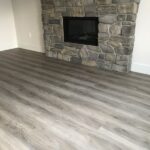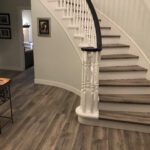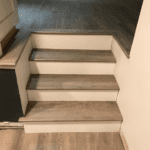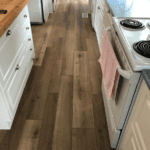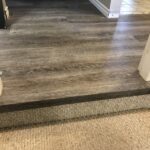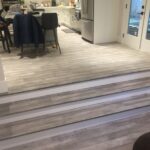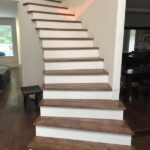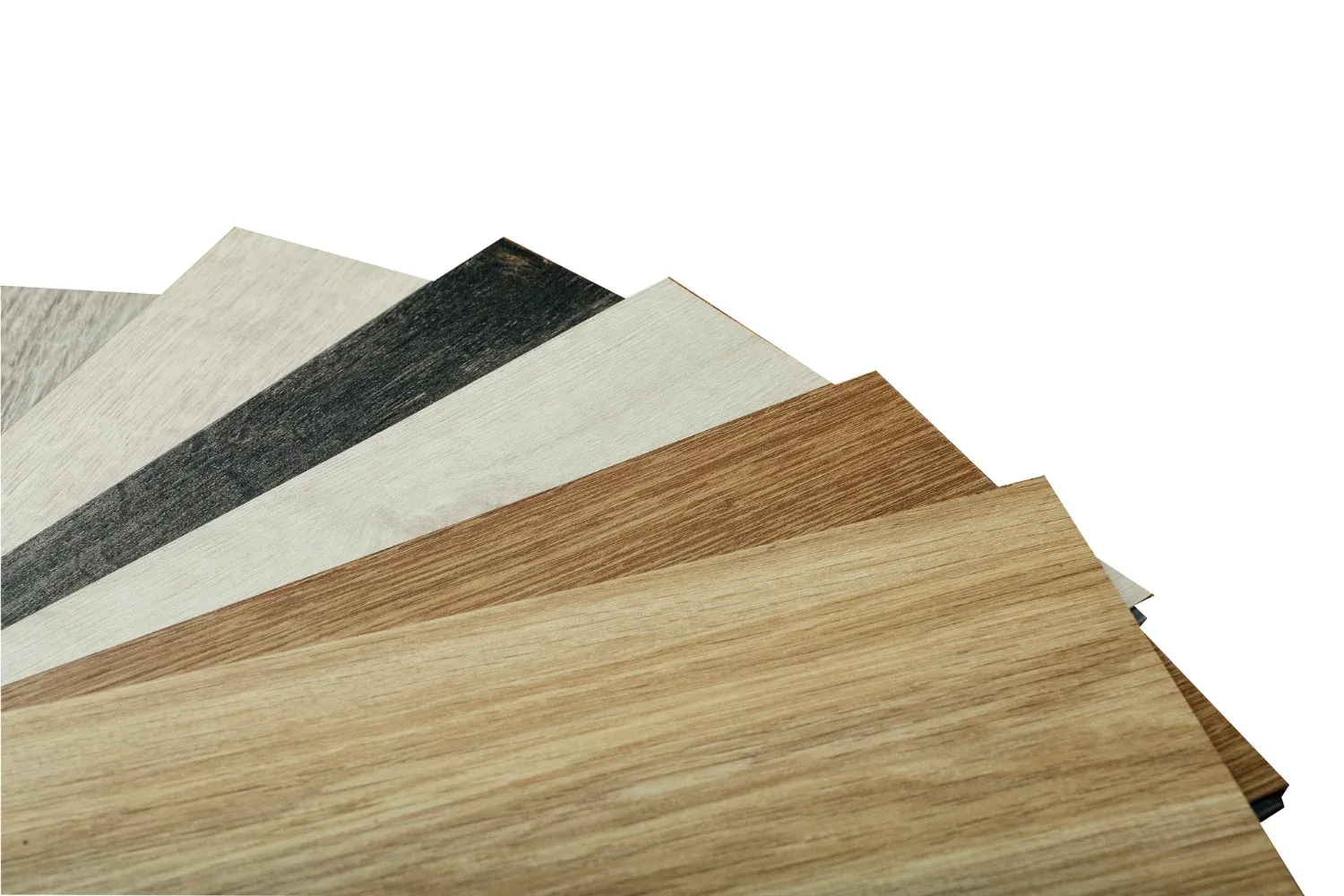Are you looking to upgrade the flooring in your home? With so many options available, it can be overwhelming to choose the right one. However, if you’re searching for a durable, affordable, and stylish flooring solution, look no further than luxury vinyl plank flooring for your home. This versatile flooring option has been gaining popularity in recent years, and for good reason. In this blog post, we’ll give you the lowdown on why it may be the perfect choice for your home.
What is Luxury Vinyl Plank (LVP) Flooring?
Luxury Vinyl Plank flooring, often referred to as LVP, is a modern flooring material that replicates the look and feel of natural hardwood. This innovative flooring solution is comprised of several layers, each serving a unique purpose. The top layer, known as the wear layer, is highly durable and resists scratches and scuffs. The layer beneath it contains a high-definition print of various wood patterns, giving LVP its authentic appearance. Additional layers provide stability and waterproofing.
Why is LVP Flooring So Popular?
LVP flooring’s popularity can be attributed to several factors that make it a compelling choice for homeowners:
- Durable and Long-Lasting: It is known for its exceptional durability. It can withstand heavy foot traffic and is less prone to wear and tear, making it an excellent option for high-traffic areas in your home.
- Water-Resistant and Stain-Resistant: Unlike natural wood, LVP is highly resistant to water and stains. This quality makes it ideal for kitchens, bathrooms, and other areas prone to spills and moisture.
- Easy to Install and Maintain: It is relatively easy to install, whether you choose a click-lock or glue-down method. Its low maintenance requirements make it an attractive choice for busy homeowners.
- Affordable: Compared to hardwood or stone flooring, LVP is more budget-friendly. You can achieve the look of luxury without breaking the bank.
- Stylish and Versatile: LVP comes in a wide range of colors and patterns, allowing you to customize your flooring to match your home’s decor. From rustic wood finishes to modern, sleek designs, LVP offers an array of options.
Choosing the Right Flooring For Your Home
Selecting the perfect Luxury Vinyl Plank (LVP) flooring for your home is a crucial decision that can significantly impact the overall aesthetics and functionality of your living spaces. Here are the key considerations to keep in mind when making this important choice:
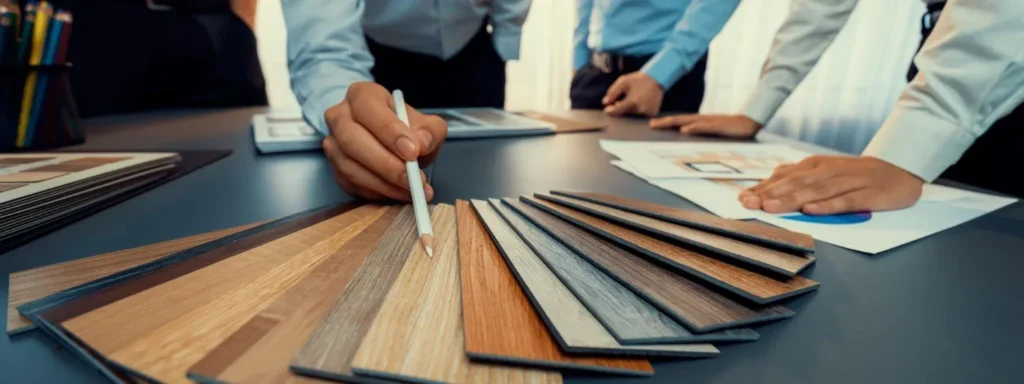
Consider Your Budget
Before you embark on your LVP flooring journey, it’s essential to establish a clear budget. LVP is known for its affordability compared to natural hardwood or stone flooring. However, there’s still a range of price points within the LVP category. Setting a budget will help you narrow down your options and prevent overspending.
Think About the Style of Your Home
Your home’s style and existing decor should be a guiding factor in your LVP selection. Consider whether your home has a traditional, modern, rustic, or eclectic design. LVP comes in an array of styles, from classic oak to contemporary gray tones, ensuring that you can find an option that complements your interior seamlessly.
Choose a Color and Pattern You Love
LVP flooring provides endless design possibilities. When selecting a color and pattern, think about your personal taste and the mood you want to create in each room. Whether you prefer rich, dark wood tones for a cozy atmosphere or light, airy colors for a spacious and open feel, there’s an LVP option for you. Patterns can range from intricate wood grain designs to simple, clean finishes.
Ensure Compatibility with Your Subfloor
The type of subfloor in your home is a critical factor in determining the suitability of LVP flooring. While LVP can be installed over various subfloor types, it’s important to ensure compatibility. Different types of LVP may have specific requirements. For example, some are designed for concrete subfloors, while others work best over wooden subfloors. Checking the manufacturer’s recommendations is essential to guarantee a successful installation.
Installing LVP Flooring: A Step-by-Step Guide
Installing Luxury Vinyl Plank (LVP) flooring can be a rewarding DIY project or a job for a professional installer. Whichever route you choose, understanding the process can help you make informed decisions. Here’s a step-by-step guide to installing LVP flooring:
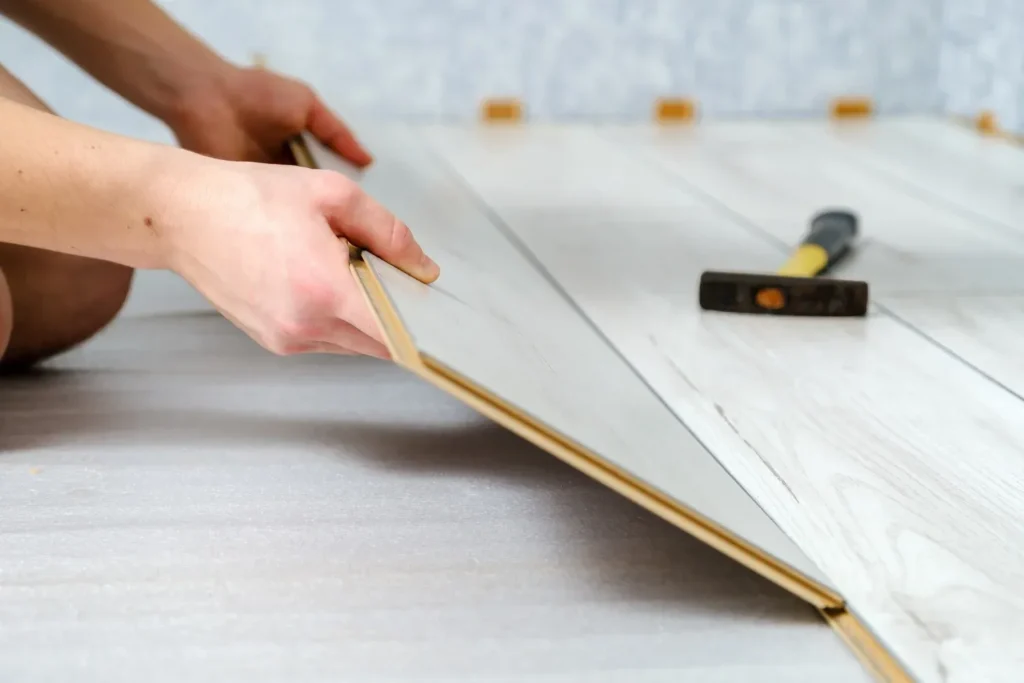
Prepare the Subfloor
Before installing LVP flooring, your subfloor needs to be in the best possible condition. Here’s what you should do:
- Clean the Subfloor: Remove any debris, dust, or dirt. Ensure it’s clean and free of any imperfections like bumps, nails, or screws that might affect the installation.
- Level the Subfloor: Check for uneven areas and level them. Any discrepancies in the subfloor can cause problems with the LVP installation.
- Moisture Check: If you’re installing over concrete, perform a moisture test. LVP is moisture-resistant, but excessive moisture can still be an issue. A moisture barrier may be necessary.
Acclimate the LVP Flooring
Allow your LVP flooring to acclimate to the room’s temperature and humidity for at least 48 hours. This helps prevent expansion or contraction after installation.
Install the LVP Flooring
The installation process varies depending on the type of LVP you have (click-lock or glue-down). Here are the general steps for each:
For Click-Lock LVP:
- Start in a corner of the room and lay the first plank. Leave a small gap (usually around 1/4 inch) between the plank and the wall to account for expansion.
- Interlock the subsequent planks by angling them and clicking them into place. Use a tapping block and rubber mallet to ensure a snug fit.
- Stagger the seams by starting each row with a plank cut to a different length. This creates a more natural look.
- Continue this process across the room, cutting planks to fit when needed. Be mindful of doorways and transitions to other types of flooring.
For Glue-Down LVP:
- Spread adhesive on the subfloor using a trowel. Follow the adhesive manufacturer’s instructions for the type and coverage of adhesive to use.
- Begin laying the LVP planks, pressing them down into the adhesive, and ensuring they are properly aligned.
- Like with click-lock LVP, stagger the seams for a more natural appearance.
- Apply weight or use a roller to ensure the planks adhere properly to the subfloor. This step is crucial to prevent gaps or lifting.
Finishing Touches
After the installation is complete, you may need to install transition strips, baseboards, or quarter-round moldings to cover gaps and create a finished look around the edges of the room. These accessories provide both aesthetic appeal and help secure the edges of the flooring.
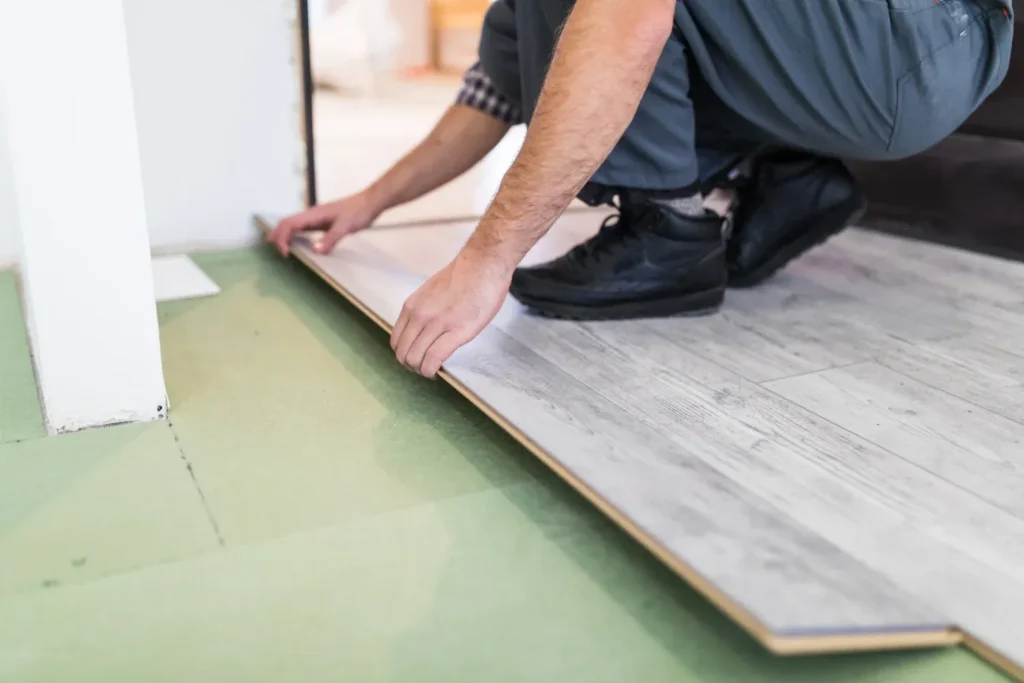
Maintaining Your LVP Flooring
Maintaining your LVP flooring is relatively straightforward:
- Sweep and Mop Regularly: Regular sweeping or vacuuming to remove dust and debris is essential. Mop with a damp cloth or mop when needed, using a manufacturer-approved cleaner.
- Avoid Using Harsh Chemicals: Harsh chemicals can damage the LVP’s protective wear layer. Stick to mild, pH-neutral cleaners.
- Repair Any Damage Promptly: If your LVP flooring gets damaged, it’s essential to address the issue promptly to prevent further deterioration.
Key Considerations Before Installing Luxury Vinyl Plank Flooring
Before diving into your Luxury Vinyl Plank (LVP) flooring project, it’s crucial to keep these essential factors in mind:
- Subfloor Condition: Ensure your subfloor is clean, level, and free of imperfections for a trouble-free installation.
- Acclimation Period: Let your LVP material acclimate to the room’s conditions for at least 48 hours to prevent future expansion or contraction issues.
- Choose the Right Type: Select the type of LVP that matches the room’s function and your design preferences.
- Quality Underlayment: Invest in high-quality underlayment to enhance cushioning and sound insulation.
- Measure and Plan: Accurate measurements and a well-thought-out plan can make your installation process much smoother.
- Gather the Right Tools: Ensure you have the necessary tools, such as a utility knife, straightedge, and a rubber mallet, for a successful installation.
- Installation Method: Choose between click-lock or glue-down installation based on your flooring type, subfloor, and your DIY skills.
- Transition Pieces: Plan for transitions between rooms or different flooring types using transition strips and thresholds.
- Follow Manufacturer Instructions: Always adhere to the manufacturer’s installation guidelines to maintain your warranty and ensure a correct installation.
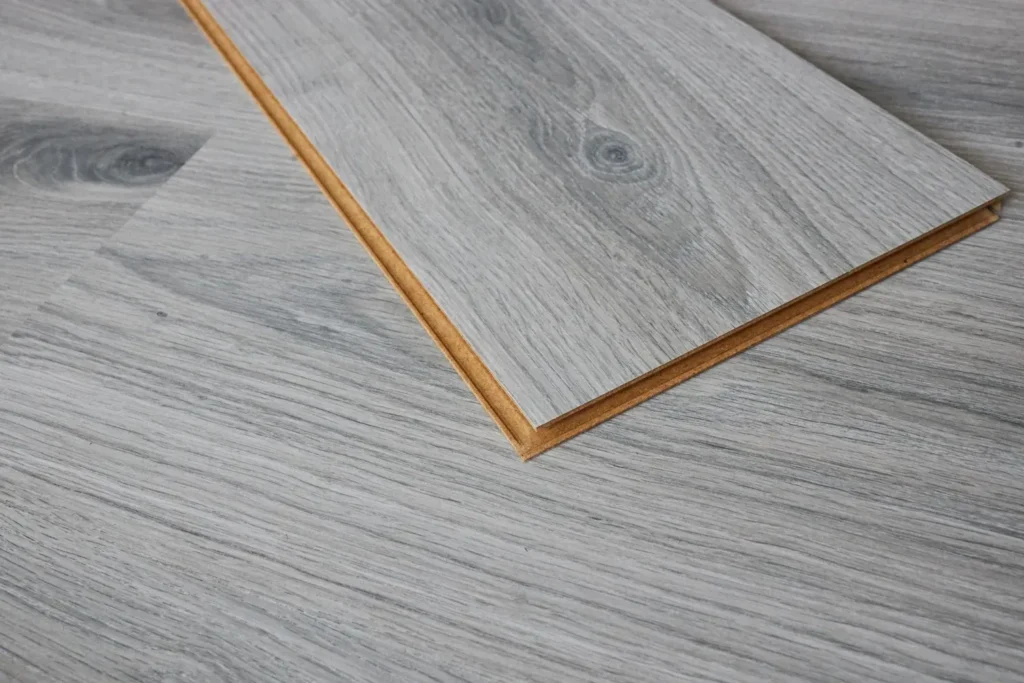
Final Thoughts
Luxury Vinyl Plank (LVP) flooring is a smart choice for homeowners seeking both style and durability. With its diverse types, easy installation, and low maintenance requirements, LVP offers the best of both worlds. Whether you’re looking to transform your space with the warmth of hardwood, the sophistication of tiles, or a seamless sheet vinyl look, LVP can meet your needs. It’s an investment that ensures your home remains beautiful and functional for years to come. So, if you’re considering a flooring upgrade, LVP should be at the top of your list, promising long-lasting elegance and ease of maintenance.
